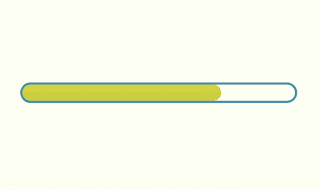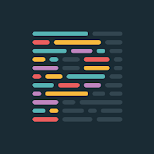OSD600 Release 0.4 Part 3
This is the last blog for OSD600 and the last part of release 0.4! I am excited to be writing this as after this I will be done with everything I need to do for my classes this semester, and graduate! One issue I noticed while working on this is I did not fully understand what was needed to "port" a component from Gatsby to Next. At first, I thought everything you needed to do to port a component was in this migration guide posted in the issue . After talking to some people on Slack I learned we must not only follow the migration guide but also convert the JavaScript code in the components to TypeScript. I have worked with Typescript before so I had an idea of how it works/what it is (it's basically JavaScript with types), but I never knew how to convert JavaScript code to TypeScript code. After doing some research I learned this process can be broken down into two simple steps: 1. Change all the .jsx files to .tsx files. 2. Add types to all the variables made. Eg. func

